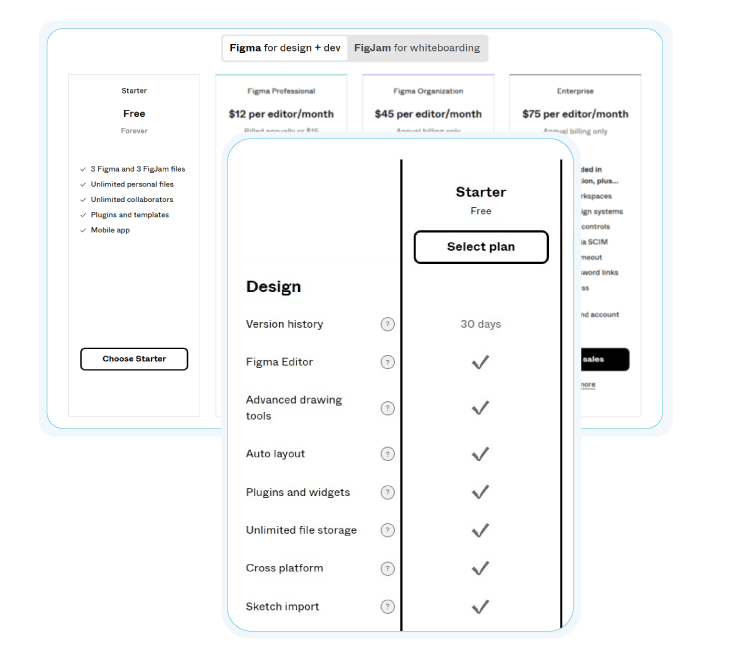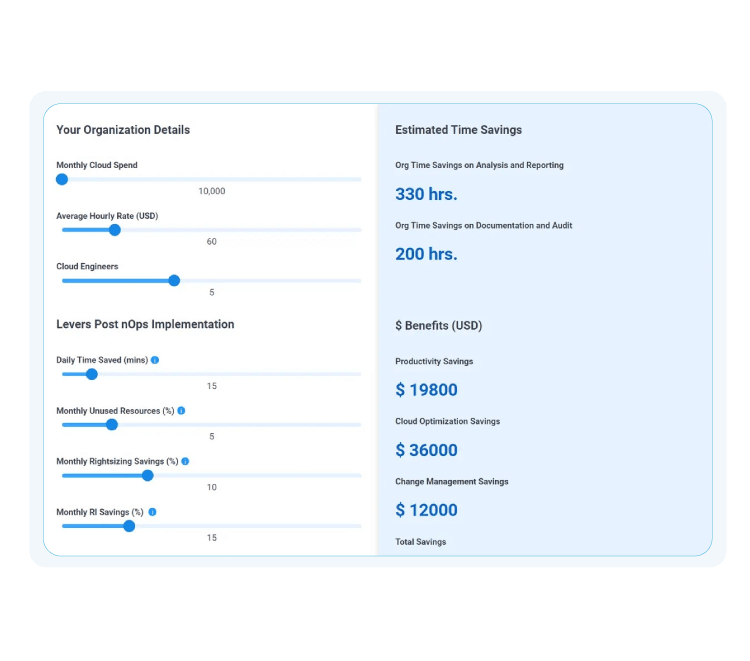Capitalize on Automated SaaS Pricing Strategies Before Your Rivals

SaaS Companies are Utilizing Hybrid Billing Options to Gain a Competitive Edge
Studies have shown that SaaS companies offering flexible pricing models have a more positive impact on their customers’ success metrics than those with rigid pricing practices. By implementing a hybrid pricing model, businesses can unlock new revenue streams and establish a clear and equitable client billing process. Hybrid pricing and billing systems merge subscription-based fees with usage-based software pricing, resulting in a streamlined and automated payment process. Thanks to modern billing and payment solutions, SaaS companies can effectively manage the complexity of these pricing models.
Price Like a Boss, AWS Makes a Case for Hybrid Billing
The hybrid billing pricing model is an inventive strategy that incorporates discounting, flat fees, subscription-based, and usage-based approaches to provide users with access to a specific product or service while charging fixed fees. However, if users exceed a certain usage limit, they will be charged additional fees that are fair instead of being tiered up. Users aim to strike a balance between cost predictability and flexibility to optimize their spending on products or services. Understandably, users prefer products with costs that are deemed fair and transparent.

Source: AWS Pricing Calculator
Don’t take our word for it; AWS is a pioneer in SaaS pricing models examples
With the introduction of its pricing configurator and utility billing system, Amazon Web Services (AWS) revolutionized the hosting industry by providing a flexible and cost-effective solution for businesses of all sizes. The pricing configurator allows users to customize their services and pay only for what they use, while utility billing provides real-time cost tracking and transparency. This eliminates the need for businesses to make expensive hardware purchases or commit to long-term contracts with traditional hosting providers. As a result, AWS has become the market leader in cloud hosting, and other providers have had to adapt their pricing models to stay competitive. AWS’s innovative pricing strategies have disrupted the hosting industry, making cloud services more accessible and affordable for businesses.
Be like AWS and disrupt your industry before your competitor does.

Source: Figma Pricing
Hybrid Pricing Models and Billing Strategies to Use Now
There isn’t a one-size-fits-all approach to charging customers for cloud-based software. Go beyond offering only subscription-based pricing for a monthly or annual subscription fee and explore several pricing models that can be employed to maximize revenue. Here are some of the most popular ones:
- Limited time offer: Access to features for a limited time
- Usage-based: Charging customers based on their software usage, similar to a utility bill.
- Perpetual license: Selling the software outright for a one-time fee, with optional maintenance or upgrade fees.
- Freemium: Offering a free basic version of the software with premium features for a fee.
- Activity: Charge for only active users
- Upcharge: For data imports or exports
- User groups: Pricing-based functions
- Special discounts: On high-margin products/services rather than across the entire account
- Performance pricing: Consider tailored, performance-based pricing for partners
- Special perks: Analysis, API calls, and integrations
You can increase your customer base by providing transparent pricing and various payment options, ultimately driving revenue growth.
 Source: AWS Cloud Pricing Calculator
Source: AWS Cloud Pricing Calculator
Find the Right Hybrid Billing and Payments Tools
Simplify your billing and payment process by ditching manual processes and opting for modern, affordable solutions with complex pricing models. Don’t waste hundreds of hours and miss out on capturing more revenue. To successfully implement a hybrid billing solution, evaluate multiple SaaS billing and payments providers and create a list of your specific requirements. Keep in mind the following elements for a successful implementation.
- Identify your specific billing needs and requirements, such as client portal, automation, and hybrid billing options.
- Review integrations and compatibility with your existing systems and infrastructure.
- Not only evaluate the software’s features but heavily weigh their support options.
- Consider the scalability and flexibility of the software to ensure it can grow with your business.
- Check the security and data privacy measures of What are some examples of SaaS companies successfully using hybrid billing pricing strategies?
- What are some potential challenges or drawbacks to implementing a hybrid billing system?
Compare your options and choose a vendor that understands your requirements. Here’s our free Hybrid Billing Vendor Checklist to help you navigate through the process.

While there may be potential challenges or drawbacks to implementing a hybrid billing system, it’s important to prioritize flexibility and customer-centric billing practices to stay competitive in the industry. Saaslogic offers a streamlined and simplified hybrid billing model that gives SaaS companies the flexibility they need to meet fast-changing market and customer demands.
When running a SaaS business, it’s crucial to periodically evaluate your priorities and explore alternative pricing models and billing methods to maintain an edge over your competitors. With increasing competition, it’s wise to act quickly and seize opportunities. Move this up on your to-do list today.
Recent Posts
- Customer Lifetime Value (CLV): Importance, Calculation, and Improvement Strategies July 25, 2024
- How to scale your subscription management business? July 19, 2024
- Role of APIs in Subscription Management Platforms July 9, 2024
- Revolutionizing Subscription Management with Embedded Payment Solutions July 3, 2024

Address: 100 W. Old Wilson Bridge Road, Suite 216, Worthington, Ohio 43085, USA
[email protected]
+1 (614) 516 0789

Address: 100 W. Old Wilson Bridge Road, Suite 216, Worthington, Ohio 43085, USA
[email protected]
+1 (614) 516 0789